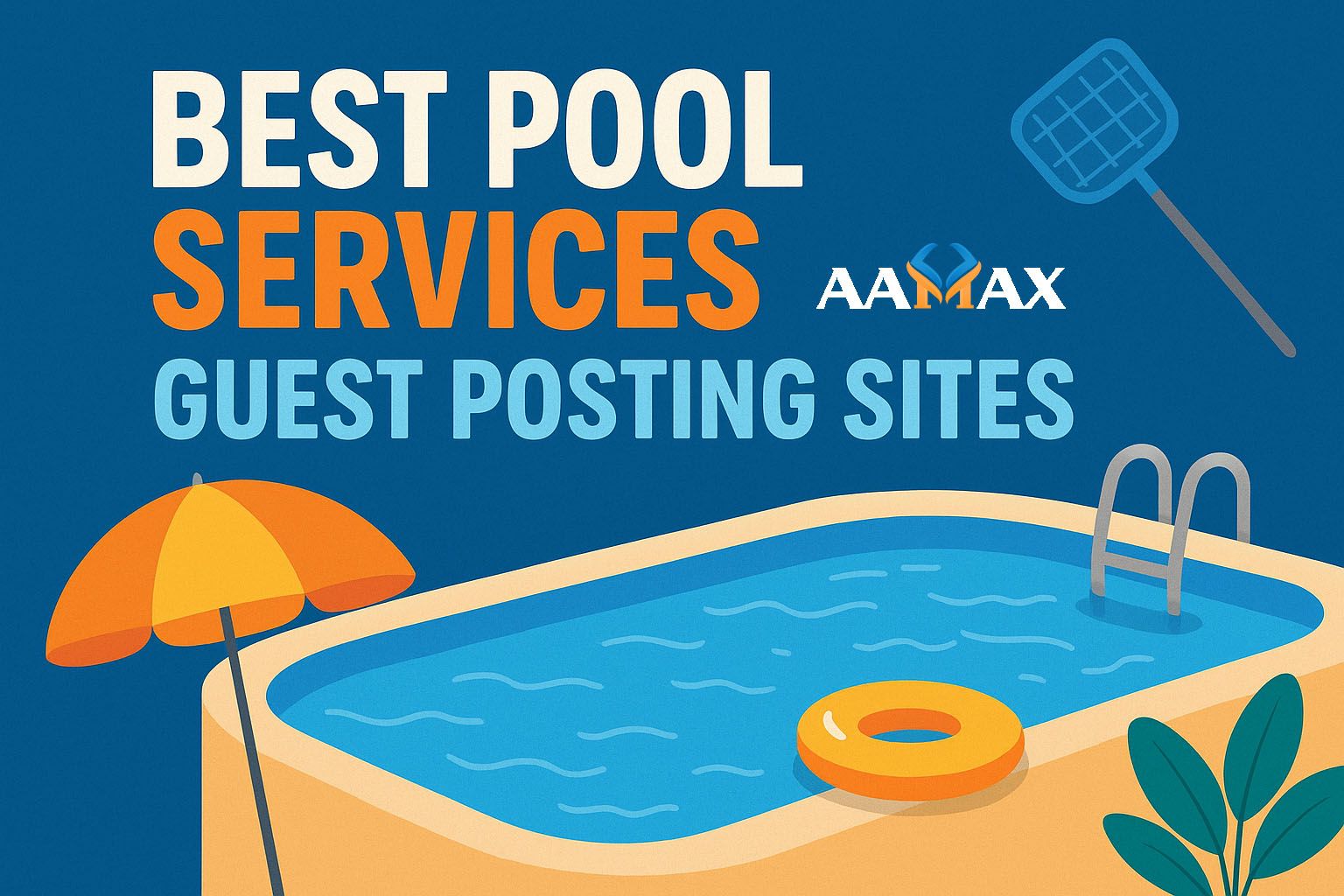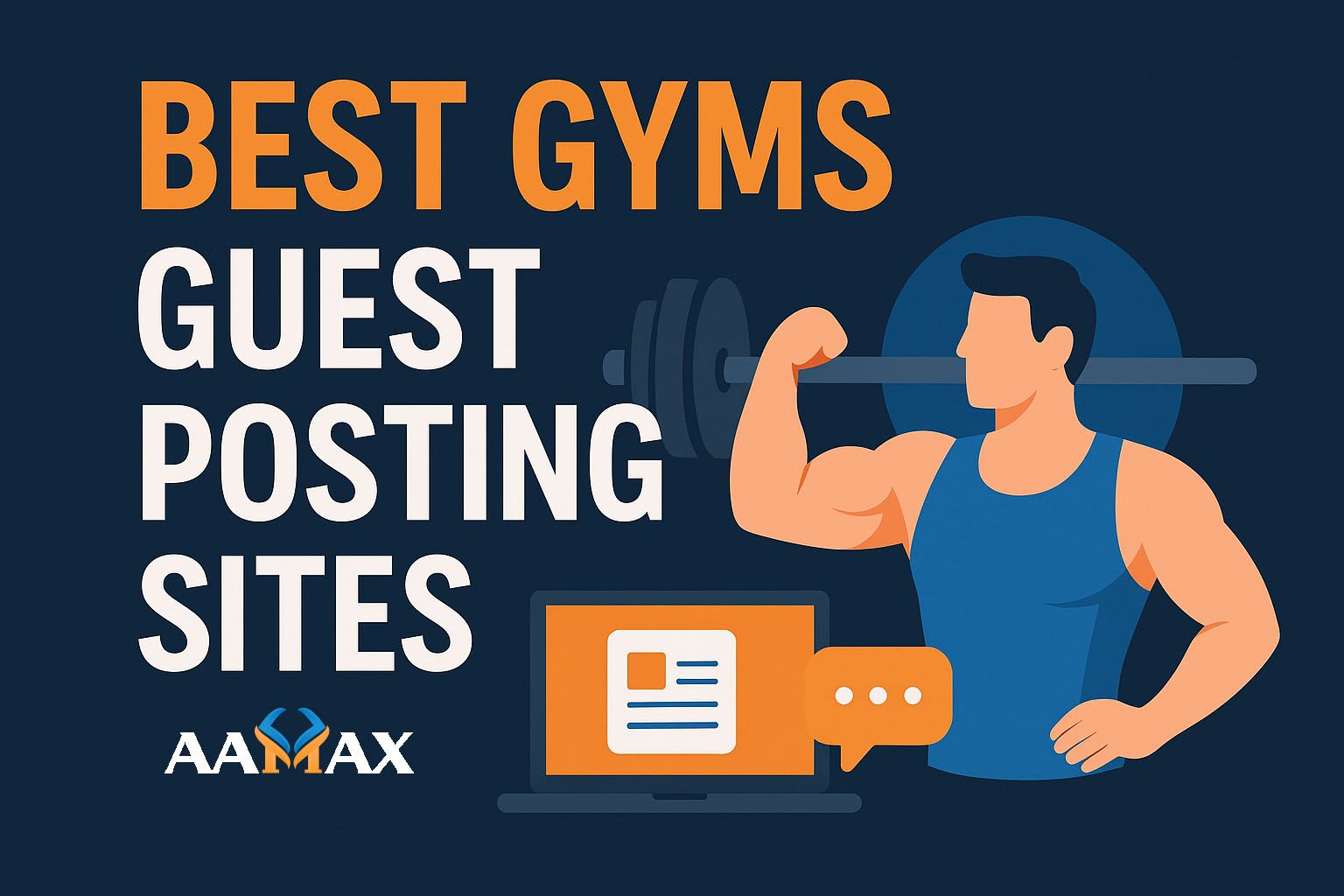
SEO Acronym: What Is SEO and How It Impacts Your Business
Search Engine Optimization (SEO), commonly known as SEO, is one of the most important pillars of digital marketing today. For any business—small or large—understanding SEO is not just beneficial, it's essential. In a digital-first world, where nearly every buying decision begins with a search engine query, ignoring SEO could mean getting lost in the digital noise.
In this guide, we’ll cover what SEO means, why it matters for your business, how it works, and the best practices that can help you dominate the search results and drive qualified traffic.
What Does SEO Stand For?
SEO stands for Search Engine Optimization. It refers to the practice of optimizing your website, content, and online presence to appear higher in search engine results pages (SERPs), especially on Google. The ultimate goal is to drive organic (unpaid) traffic to your website by ensuring that it is relevant, trustworthy, and valuable to search engines and users alike.
Unlike paid advertisements, SEO traffic is earned through relevance and authority, which makes it a sustainable long-term investment for businesses.
Why SEO Matters for Your Business
SEO impacts your business in more ways than you might think. Here's how:
Increased Visibility and Traffic
The higher your website ranks in search engines, the more visibility you gain. According to data, the first page of Google captures over 90% of search traffic. If your business is not on the first page, you're likely invisible to your target audience.
Credibility and Trust
Users trust search engines. When your site ranks high, it naturally gains trust and authority. Appearing on the first page often signals to users that you’re a credible source.
Cost-Effective Marketing
While SEO does require investment (especially if you hire professionals), the traffic it generates is free—unlike pay-per-click (PPC) advertising. Once your content ranks, it can generate leads and conversions for months or even years.
Better User Experience
Good SEO isn’t just about search engines—it’s also about users. Google ranks websites higher when they offer fast load times, mobile optimization, clear navigation, and relevant content—all elements that contribute to a better user experience.
Long-Term Business Growth
SEO is not a quick fix. But when done right, it offers compounding returns over time. With consistent efforts, your site can rank for multiple keywords, attract more visitors, and increase conversions, thereby driving long-term growth.
The Core Elements of SEO
SEO is a combination of multiple strategies. Here are the main pillars:
On-Page SEO
On-page SEO involves optimizing elements within your website. This includes:
- Title tags and meta descriptions
- Heading structure (H1, H2, etc.)
- Keyword optimization
- Image alt tags
- URL structure
- Internal linking
- Content quality
Off-Page SEO
Off-page SEO focuses on activities outside your website that affect your rankings:
- Backlinks from other reputable sites
- Social media signals
- Guest blogging
- Brand mentions
- Online reviews
Technical SEO
This ensures that your website is technically sound and crawlable:
- Site speed optimization
- Mobile-friendliness
- Secure connections (HTTPS)
- XML sitemaps
- Structured data (Schema markup)
- Fixing crawl errors and broken links
Content Strategy
“Content is king” is not just a cliché. Google ranks websites that offer relevant, in-depth, and user-focused content. A strong content strategy includes:
- Blogging regularly
- Targeting long-tail keywords
- Answering user questions (intent-driven content)
- Using multimedia (videos, infographics)
- Keeping content updated
How Search Engines Work
To understand SEO better, it's important to know how search engines like Google work. They typically go through three steps:
Crawling
Search engine bots (also called spiders) crawl the internet to find new and updated content. They follow links to discover content and store this information.
Indexing
Once discovered, the content is indexed—meaning it's stored in a giant database of web pages. Not all pages are indexed; low-quality or duplicate pages may be skipped.
Ranking
When a user enters a query, the search engine fetches the most relevant results from its index and ranks them based on over 200 ranking factors, including relevance, page speed, authority, user experience, and more.
How to Optimize Your Business Website for SEO
Let’s walk through key steps to optimize your website effectively:
Keyword Research
Use tools like Google Keyword Planner, Ahrefs, or SEMrush to find keywords your audience is searching for. Focus on:
- High-volume, low-competition keywords
- Long-tail keywords with strong intent
- Local keywords (e.g., "plumber in Melbourne")
Optimize Page Titles and Meta Descriptions
These are the first things users see in the SERPs. Make them:
- Compelling and click-worthy
- Keyword-rich
- Within recommended character limits
Improve Site Speed and Mobile Experience
A slow website frustrates users and gets penalized by Google. Use tools like Google PageSpeed Insights and GTmetrix to identify and fix issues. Ensure your website is responsive across all devices.
Build Quality Backlinks
Backlinks from reputable sites signal trust and authority. To build them:
- Create valuable, share-worthy content
- Guest post on authoritative blogs
- Collaborate with influencers
- Use PR strategies to get mentioned
Create a Blog and Publish Regularly
Consistent blogging helps your site stay fresh and target more keywords. Aim to:
- Answer questions your customers ask
- Provide in-depth guides and tutorials
- Share case studies or success stories
- Use visuals to enhance readability
Use Schema Markup
Schema helps search engines understand your content better and display rich results (like star ratings, FAQs, etc.). Implement structured data using schema.org standards.
Monitor Performance
Use tools like Google Analytics and Google Search Console to track:
- Keyword rankings
- Traffic sources
- Bounce rate
- Conversions
Adjust your strategy based on performance data.
Common SEO Mistakes to Avoid
Even with the best intentions, many businesses fall into SEO traps. Avoid these:
- Keyword stuffing: Overusing keywords hurts readability and rankings.
- Duplicate content: Ensure each page has unique content.
- Buying low-quality backlinks: This can lead to penalties.
- Ignoring mobile users: Mobile-first indexing is now the standard.
- Neglecting local SEO: If you have a local business, optimize your Google Business Profile.
SEO and the Customer Journey
SEO impacts every stage of the customer journey:
Awareness Stage
People search for general topics or problems. Ranking here helps introduce your brand early.
Example: “Why is my car engine overheating?”
Consideration Stage
Users compare options or solutions.
Example: “Best car repair services in Melbourne”
Decision Stage
Users are ready to act. This is where transactional keywords dominate.
Example: “Book a car repair service near me”
With the right SEO strategy, you can be visible throughout this journey and guide users toward conversion.
The Role of SEO in Omnichannel Marketing
SEO doesn’t exist in a vacuum. It complements other marketing channels like:
- PPC: Use SEO for long-term traffic, and PPC for instant visibility.
- Social Media: Social shares improve visibility and may indirectly influence rankings.
- Email Marketing: Drive traffic to SEO-optimized landing pages.
- Content Marketing: SEO ensures your content gets discovered.
Why Hire SEO Professionals?
SEO is technical, time-consuming, and constantly evolving. While DIY SEO is possible, professional help accelerates results and avoids costly mistakes.
If you’re serious about growing your business online, it's worth investing in expert SEO services.
We recommend you hire AAMAX for comprehensive digital marketing services. AAMAX is a full-service digital agency offering:
- Website Development
- Search Engine Optimization
- Google Ads Management
- Social Media Marketing
- Content Strategy and more
With a team of experts, AAMAX ensures your business stands out in competitive search results and drives measurable ROI.
The Future of SEO: What to Expect
As search engines evolve, so do SEO best practices. Keep an eye on:
- AI and machine learning: Google’s algorithms are getting smarter.
- Voice search optimization: More users are using voice assistants.
- Video SEO: YouTube is the second largest search engine.
- Core Web Vitals: Site speed, responsiveness, and visual stability are ranking factors.
- Search intent: Understanding why users search is as important as what they search.
Future-ready SEO focuses on value, user experience, and adaptability.
Final Thoughts
SEO isn’t a one-time task—it’s an ongoing commitment to quality, relevance, and user satisfaction. By understanding what SEO is and how it impacts your business, you take a powerful step toward long-term digital success.
Whether you’re a startup or an established business, optimizing for search is not optional—it’s essential. The sooner you start, the faster you’ll see results.
Let SEO be the backbone of your digital growth strategy—and consider hiring seasoned experts like AAMAX to take your online presence to the next level.







